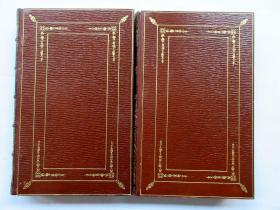
【欧洲18世纪装帧/插图精品】引发意大利文艺复兴之哲学名著!卢克莱修《物性论》1754年意大利文译本 (DELLA NATURA DELLE COSE),洛可可插图本经典,铜版大家EISEN(艾生)与 COCHIN 插图,英国著名装帧坊 RIVIERE全羊皮精裝/书脊烫金/三面书口刷金/函套/荷兰厚纸印刷
¥ 25000 九五品
仅1件
海外欧洲
认证卖家担保交易快速发货售后保障
作者魯克萊修(卢克莱修)
出版社巴黎
出版时间1754
版次1
装帧精装
尺寸23 × 15 cm
纸张纯质纸
页数543页
上书时间2015-05-12
- 在售商品 暂无
- 平均发货时间 18小时
- 好评率 暂无
- 店主推荐
- 最新上架
商品详情
- 品相描述:九五品
- 商品描述
- Lucretius in Italian, Della Natura Delle Cose, printed at Paris [although the title states Amsterdam in all copies] in two octavo volumes in 1754 on thick Holland paper with wide margins, adorned with 2 full-page engraved frontispieces and 2 engraved titles by Lemire after Eisen, 6 engraved plates after Cochin and Le Lorrain, 7 headpieces after Cochin and Eisen and 5 tailpieces after Cochin, Eisen and Vasse, both volumes bound by Riviere and Son in 19th century brown morocco with very ornate and richly gilt spines, gilt-paneled boards with floral designs, gilt turn-ins and gilt edges, complete in all respects, and housed in a brown cloth and felt-lined slipcase. This remarkable set may be referenced as Brunet III at 1222, Cohen-de-Ricci at 665-66, and Ray at 9. / THE FAMOUS ILLUSTRATED LUCRETIUS OF 1754, ONE OF THE FINEST ILLUSTRATED PUBLICATIONS OF THE 18TH CENTURY AND, ACCORDING TO RAY, THE MODEL FOR THE SUMPTUOUS ROCOCCO VOLUMES OF THE 25 YEARS FOLLOWING ITS PUBLICATION. ILLUSTRATED WITH NUMEROUS PLATES AFTER THIS SET IS BEAUTIFULLY BOUND BY RIVIERE AND SON IN RICHLY GILT 19TH CENTURY BROWN MOROCCO. The full title reads as follows: Di Tito Lucrezio / Della Natura Delle Cose / Libri Sei / Tradotti dalLatino in Italian / Da Alessandro Marchetti. / Dati nuovamente in luce da Francesco Gerbault Interpetre di S.M. Cma per le lingue Italiana e Spagnola. / In Amsterdamo / a Spese dell / Editore To.Po. / M. DCC. LIV [1754]. According to Ray, this book became the model for the sumptuous rococo volumes of the ensuing twenty-five years. Handsomely printed on large paper with headpieces, and tailpieces by leading artists, it is encountered more often in contemporary bindings of decorated morocco ... than almost any other work of the time. Cohen-de-Ricci states that the illustrations in this book are extremely beautiful (fort belles). The text is a translation into Italian by Alessandro Marchetti. Again, the engravings in the two volumes are as follows: 2 full-page engraved frontispieces by Eisen after paintings by Lemire; 2 titles-pages engraved by Eisen after Lemire; 6 full-page plates after Cochin and Le Lorrain, engraved by Aliamet, Lemire, Sornique and Tardieu; 7 headpieces after Cochin and Eisen, engraved by Bacquoy, Chenu, Flipart, Gallimard, Lemire and Sornique; and 5 tailpieces after Cochin, Eisen and Vasse, engraved by Aliamet, Bacquoy, Gallimard and Louise. Lucretius is known to have lived about 44 years, from about 99 BC to about 55 BC. According to the poets own statements concerning De Rerum Natura, the works purpose was to free the mind of superstition and the fear of death. He attempts this by expounding the philosophical system of Epicurus, whom Lucretius apotheosizes as the hero of his epic poem. De Rerum Natura (On the Nature of Things) transmits the ideas of Epicurean physics, including Atomism, and psychology. Lucretius compares his work in De Rerum Natura (here in the Italian Della Natura Delle Cose) to that of a doctor healing a child: just as the doctor may put honey on the rim of a cup containing bitter wormwood, believed to have healing properties, the patient is tricked into accepting something beneficial but difficult to swallow, but not deceived by the doctor (Book IV lines 12-19). Stylistically, De Rerum Natura is of the first significance to the naturalisation of Greek philosophical ideas and discourse within the Latin language; Lucretius poem exercised a profound influence on Virgil and other later poets. Cochin must be considered the primary artist whose work is displayed
相关推荐
— 没有更多了 —









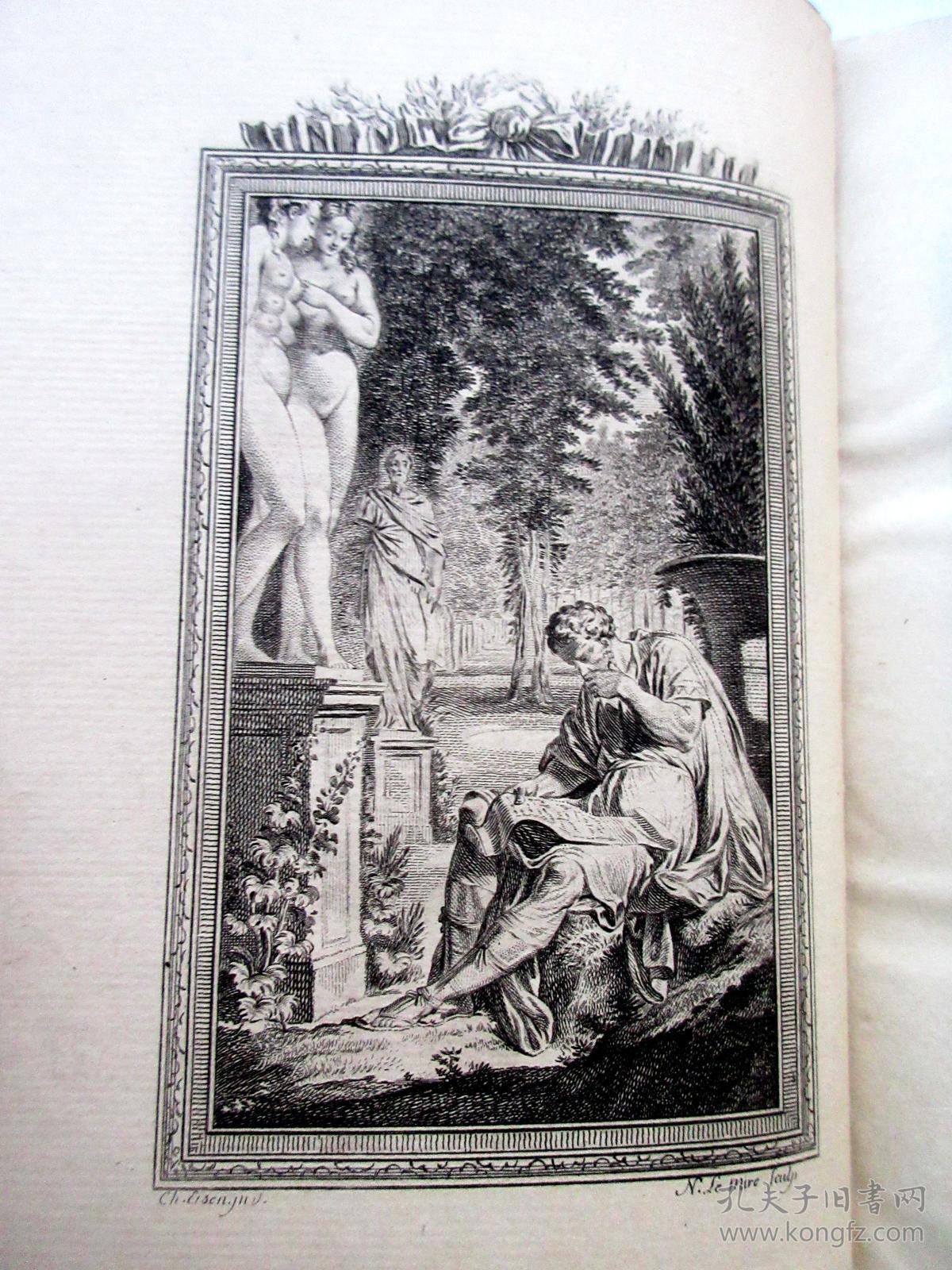

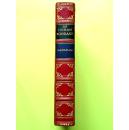
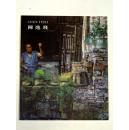
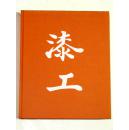
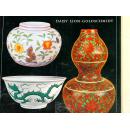
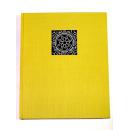
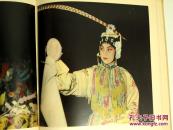
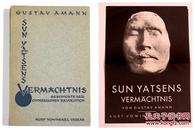
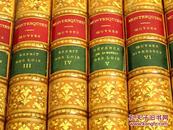
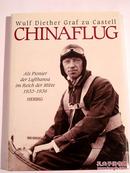







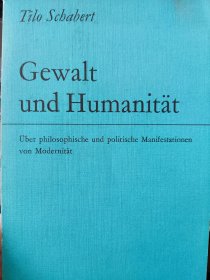

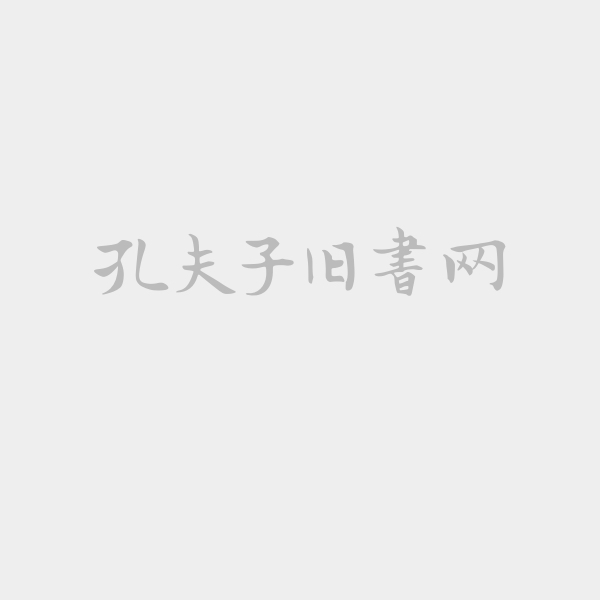




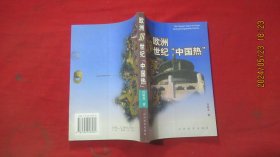





以下为对购买帮助不大的评价